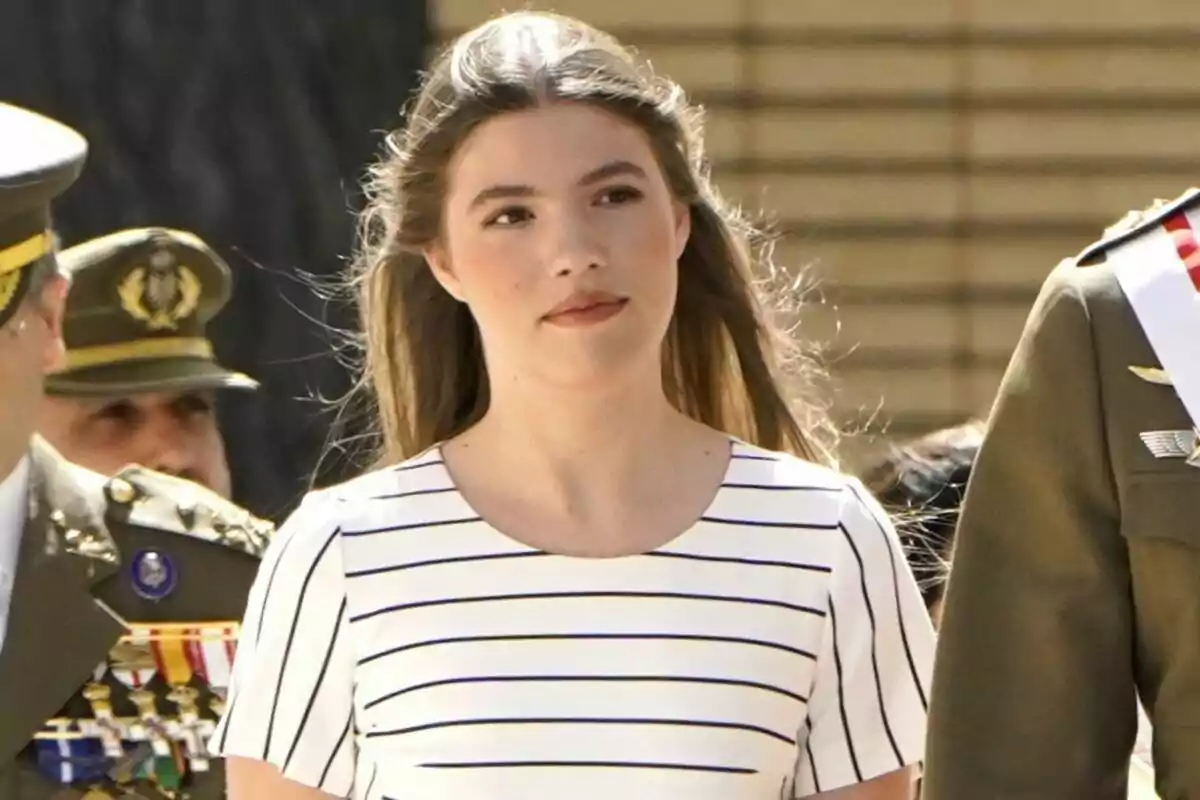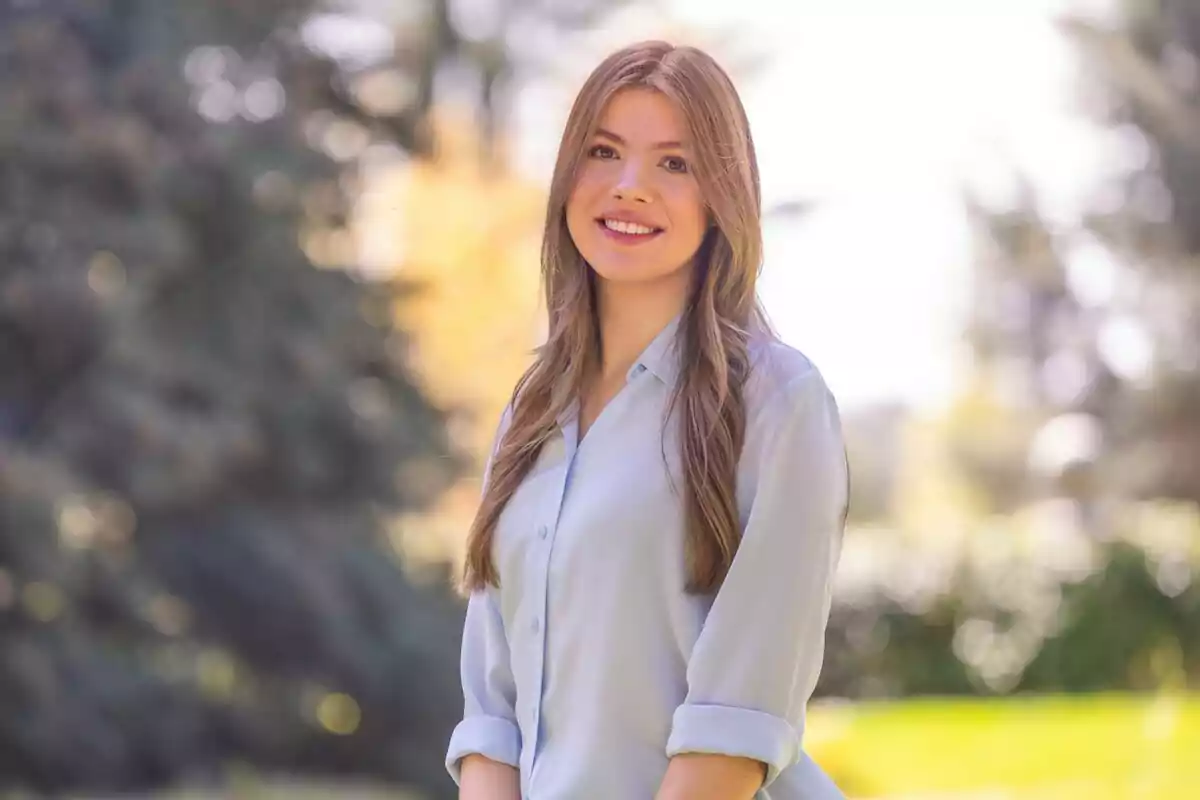
Confirmed: German Media Reveal Infanta Sofía's Secret and the Royal Family
The German Press Reveals the Hidden Symbolism in the Portraits of Infanta Sofía for Her 18th Birthday
After the celebration of Infanta Sofía's 18th birthday, attention has focused on the official images that Casa Real has released to commemorate this milestone. It has been the German press that has aired what could be a secret of the Infanta and the Royal Family. According to the German media, the natural, green, and flowery background of the portraits symbolizes a deep message: Sofía could be a "stabilizing force" for the institution and for Princess Leonor.
This approach has caused interest both in Spain and abroad, highlighting the growing media attention toward Infanta Sofía. What implications does this interpretation have for the public perception of the Royal Family?

German Press Reveals Infanta Sofía's "Stabilizing Force" in the Royal Family
On April 29, while Spain faced the consequences of a massive power outage, Infanta Sofía celebrated her 18th birthday at UWC Atlantic College in Wales. Despite the distance, Casa Real released official portraits of the young woman, captured during Holy Week in the gardens of Zarzuela.
These images have been interpreted by the German press as a deliberate representation of Sofía's personality and role within the monarchy. In fact, the magazine Bunte has dedicated a detailed analysis to the portraits of Infanta Sofía.
According to the media, "the natural, green, and flowery background can be interpreted as Sofía being a stabilizing force for the Royal Family and, especially, for her sister, Princess Leonor." This interpretation suggests that Casa Real seeks to project an image of cohesion and balance through Sofía's figure.

Additionally, Bunte notes that "these portraits couldn't be more natural and simple and friendly," which reinforces the perception of authenticity and closeness that the Spanish monarchy wishes to convey. The choice of a casual yet elegant look, consisting of a light blue jersey and navy blue pants, contributes to this image of naturalness and accessibility.
A Nod to Princess Kate Middleton
But the analysis of the German press doesn't stop at the interpretation of the background of the portraits. They also warn of a possible nod to another figure of European royalty: Kate Middleton, the Princess of Wales.
They point out a similarity in the aesthetics of the images, suggesting that there might be inspiration. "The aesthetics of the portraits inevitably remind one of Princess Kate's. Lately, she also appears more frequently in nature with simple outfits. Kate may have inspired Sofía," they comment on this possible connection.
In the eyes of the German media experts, the framing, the natural context, and the simple look chosen for Infanta Sofía are significant. Therefore, they consider it could be a reflection of the style that the Princess of Wales has popularized in her public appearances.
Sofía's Personality: Naturalness and Serenity
To conclude their analysis, the aforementioned media emphasize the naturalness of the pose of the heir to the throne's sister. They consider that the photographs "do not present Sofía's character through special attire, but focus on her essence."

This choice seeks to highlight the traits of her personality that emerge from the images. "Her dreamy smile, her relaxed and unpretentious poses, and her gaze that usually brushes past the camera. All of this portrays her as a reserved, yet present and cheerful young woman," they conclude.
The German press concludes that the light in all the photos, which is "very soft" and has a "warm aura." This also "fits with Infanta Sofía's character," reinforcing the image of a serene and kind young woman.
The German press's interpretation of Infanta Sofía's portraits highlights her role as a stabilizing force in the Royal Family, projecting an image of closeness and authenticity. This representation reinforces the perception of a modern monarchy adapted to current times. How will this image influence Sofía's future role within the institution?
More posts: